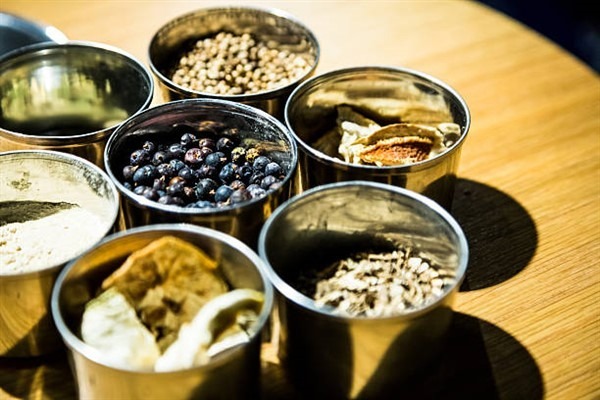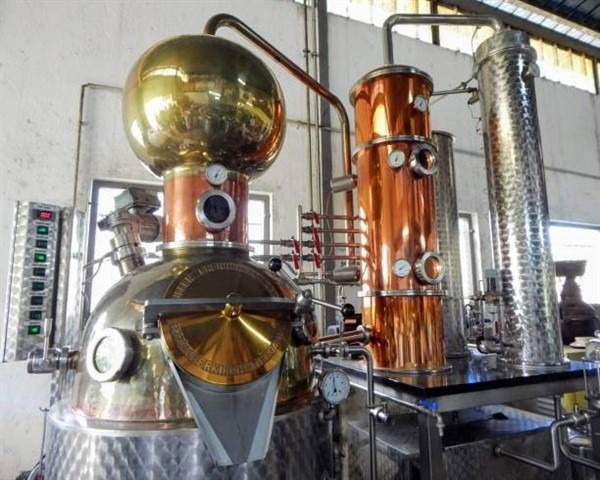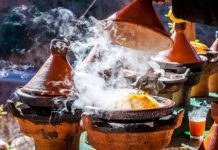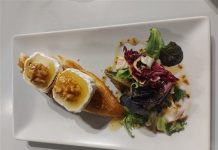Introduction
Gin, a timeless and versatile spirit, has captivated palates for centuries. Its history is a journey of innovation, artistry, and craftsmanship. From its early medicinal use to the diverse range of botanicals that flavour it today, gin making is an art form that combines science and tradition. Here we explore the art of gin making and its enduring allure.
Historical Roots of Gin
Gin’s history traces back to the 17th century when it was first conceived as a medicinal tonic. Dutch physician Franciscus Sylvius is often credited with its creation, and his concoction was known as “genever,” derived from juniper, the core botanical in gin. The British adopted the spirit during the reign of William of Orange, leading to the birth of London Dry Gin.

Botanical Alchemy
At the heart of gin making lies a diverse array of botanicals. Juniper berries, with their piney and resinous aroma, provide the quintessential gin flavour. However, the artistry of gin distillers involves selecting complementary botanicals. These can include coriander, angelica root, citrus peel, cardamom, and more. The combination of these botanicals, known as a “botanical bill,” distinguishes one gin from another.
What is a Mixologist?
Distillation Magic
Gin is produced through a process called distillation, which separates alcohol from a mixture of water and botanicals. The choice of distillation method is critical in shaping a gin’s flavour profile.
Traditional pot stills and modern column stills each offer distinct advantages. Pot stills create a richer, more complex flavour, while column stills produce a cleaner and more neutral spirit. Many gin makers opt for a hybrid approach, combining the best of both worlds.
Maceration and Vapor Infusion
The art of gin making extends to the maceration or vapour infusion of botanicals. In the maceration, botanicals are steeped in the spirit, allowing their flavours to infuse over time.
Vapour infusion, on the other hand, introduces botanicals into the vapour path during distillation, capturing their essence more delicately. Both techniques require a careful balance of botanicals to achieve the desired flavour.
Juniper Dominance
One of the key distinctions of gin is the dominance of juniper. Often hand-picked, juniper berry is carefully measured and added to the botanical mix. Its role is to provide the classic piney note that defines gin. The exact amount of juniper used is a closely guarded secret for each gin brand, contributing to its unique character.
Artistry in Blending
After distillation, gin makers turn to the art of blending. The distilled spirit is mixed with pure water to achieve the desired alcohol content. This step is crucial in fine-tuning the gin’s flavour, ensuring it meets the exacting standards of the distillery.
Craft and Small-Batch Gins
In recent years, the art of gin making has experienced a revival, with a focus on craft and small-batch production. These distillers take pride in producing limited quantities of gin, often by hand. Craft gins are celebrated for their attention to detail, emphasis on quality, and creative botanical combinations.
Contemporary Flavor Explorations
The modern gin landscape is a testament to the artistry of distillers. Contemporary gins are pushing the boundaries of flavour, introducing unique botanicals such as rose petals, cucumber, or even exotic spices like saffron. This innovation has given rise to various gin styles, from floral and citrus-forward gins to those with a more herbal or spiced character.
Top 10 Most Popular Cocktails
Global Influence
Gin’s art of making extends across the globe. While London Dry Gin remains a timeless classic, gin makers worldwide have embraced the craft. From the juniper-forward gins of Scotland to the aromatic gins of Spain and the innovative gins of the United States, gin is truly a global affair.

The Artful Gin and Tonic
In the world of cocktails, the Gin and Tonic stands as the pinnacle of gin appreciation. The art of creating the perfect G&T is as much about the choice of gin as it is about the artful pairing of the right tonic and garnish. From classic lime to exotic herbs and fruits, the possibilities are as endless as the art of gin-making itself.
Conclusion
Gin making is an art form, where tradition, innovation, and creativity blend harmoniously. Its history is a tale of evolution, from a medicinal tonic to a beloved spirit enjoyed worldwide.
Gin makers, past and present, continue to craft this quintessential spirit with precision and care. As gin enthusiasts savour each sip, they celebrate the enduring artistry that brings gin to life, one botanical at a time.










